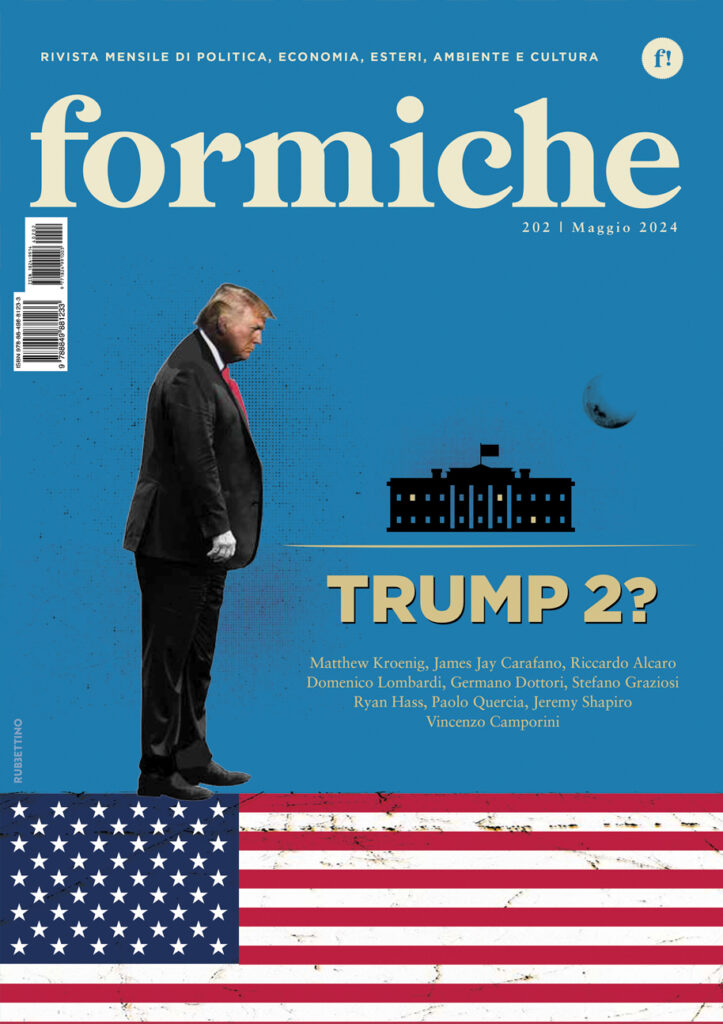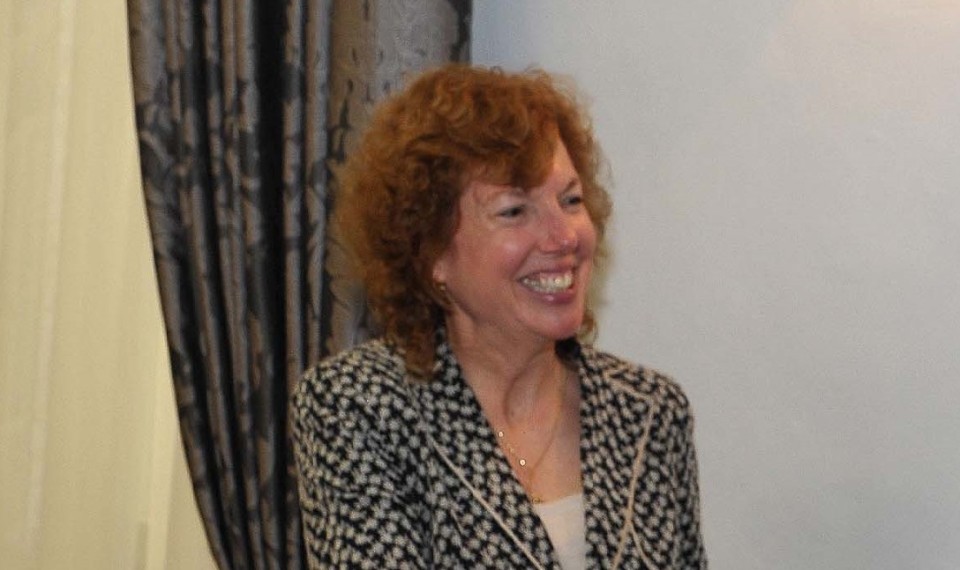I am pleased to join you today and want to welcome NASA Administrator Bolden to Rome. NASA is key to so many successes that we’ve had in the area of sustainability, from satellites that help us predict weather, to innovations in food packaging, the contributions of NASA can be seen in our lives every day.
Italy and the United States share extraordinary bonds of history and family and culture. Italy is one of our closest allies, not only in space cooperation, but across the board. Our partnership is one of the strongest links binding Europe and the United States together. The U.S. participation in the Milan Expo 2015 is not only a reflection of those strong ties but also a reflection of the close collaboration and ties of the trans-Atlantic relationship.
Partnerships and capabilities developed through space exploration create new opportunities for addressing global challenges. Space exploration is a global endeavor contributing to trust and diplomacy between nations. Knowledge derived from space exploration may also contribute to implementing policies for environmentally sustainable development.
Throughout my childhood, I dreamed of space. Growing up, space was the place of infinite possibilities, of dreams, and of the future. Every time a rocket or shuttle launched we wondered what new discoveries would come about.
Space and NASA are not only about dreams and possibilities they are also about reality. The work of astronauts helps us to address critical issues here on earth; issues like climate change, climate smart agriculture, and so much more.
In order to feed 9 billion people by 2050, there is going to be unbelievable demand on resources; when you couple that with climate change and the already real impacts on farming and fishing and all the other things that are part of sustaining life on this planet, we have a challenge. That’s what makes Milan Expo 2015 particularly timely. If you improve food security and public health, you are creating a foundation for greater stability.
Milan Expo 2015’s theme of “Feeding the Planet, Energy for Life” provides a great opportunity to showcase American leadership on global food issues, including food security and policy, science and technology, nutrition and health, while sharing the wonderful diversity of our culinary history.
The USA Pavilion at Milan Expo will showcase American innovation to improve agriculture and nutrition and the health of people around the globe. I know the Milan Expo is going to engage and educate the world as only Italy can.
NASA is one such example of American leadership in the field of science and technology. NASA’s Earth Resources Laboratory Applications software was adapted and used in a program to provide data for prescription farming. Data about soil content and rainfall levels informs farmers’ decisions about soil nutrient additives, irrigation, and pest control. This information is crucial as the global community looks at the intersection of climate change and food security.
But the intersection between climate change and food is not just about quantity. We’re now seeing that carbon pollution is also making some of the food that we do grow less nutritious than it used to be. For example, rising carbon dioxide levels translate into lower levels of zinc and iron in wheat and other cereal grains. This means that people not only struggle to have enough food to eat; they may also suffer from a so-called hidden hunger; they’re eating, but they’re still deficient in certain micronutrients that keep them healthy.
The United States is a founding member of the Global Alliance for Climate-Smart Agriculture. As part of its commitment to promoting climate smart agriculture around the world, the U.S. government supports initiatives such as seven “Climate Hubs” around the United States to deliver information to farmers, ranchers and forest landowners to help them adapt to climate change and weather variability.
America has been at the forefront of agricultural innovation since the great American scientist Norman Borlaug sparked a green revolution, inventing heartier crop species and farming practices that saved an estimated one billion lives on Earth.
Another critical issue that our global partners at Expo will explore is the issue of water. Water is an issue that we have worked closely with our European friends. Life support systems for future deep space missions will need to have nearly 100 % recycling capability. The European MELiSSA project (Micro‐Ecological Life Support System Alternative) is one example of a project which aims at gaining knowledge and know‐how in the development of a closed loop sustainable habitat. In collaboration with industry, it has developed technology that purifies millions of cubic meters of water every day, in hundreds of towns. Furthermore, sensors developed to monitor the MELISSA recycling processes are now used in the processes used by terrestrial food producers.
Some other examples of how NASA improves life on earth include:
NASA studies on Aeroponic Gardens Help Plants Grow Faster and Healthier. A soil-less plant-growth experiment that enabled plants to grow healthy without the use of pesticides has enabled the development of a commercial aeroponic system. The sterile environment allows plants to grow disease-free, with 98 percent less water, and no pesticides.
Air Purifiers Eliminate Pathogens, Preserve Produce NASA researchers developed a technology that removes a chemical from the air responsible for speeding the decay of fruits and vegetables. Today, the device helps preserve produce on its way to and at the market, helping farmers protect their harvests at an operating cost as little as $1 a day.
Another way NASA helps us plan for the future is through encouraging young people to study science, technology, engineering, and math or STEM as we call it. It’s an important area and we’ve partnered with NASA to make it fun as well. For the past two years my Embassy has been one of the cosponsors of the NASA Space Apps Challenge. We are proud that our Italian teams have done well, so well, in fact, that they were invited to attend a satellite launch in the United States.
We are glad to learn that NASA will organize the third edition of the Space Apps Challenge in April of 2015 and we hope to participate here in Rome as well. Many of you in this room have competed for the past two years and I look forward to seeing you again next year.
Thank you.
(photo: DOI/Jeremy Wonnacott; text: US Embassy to Italy)








